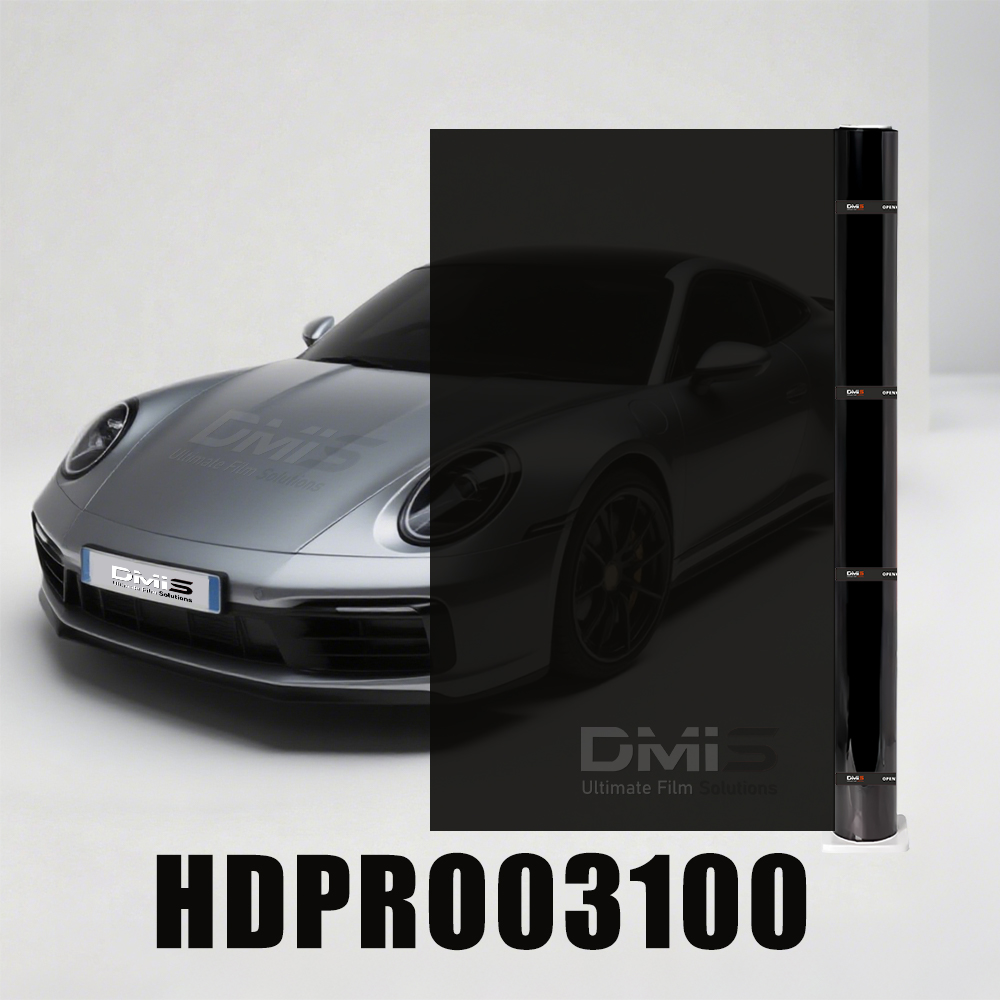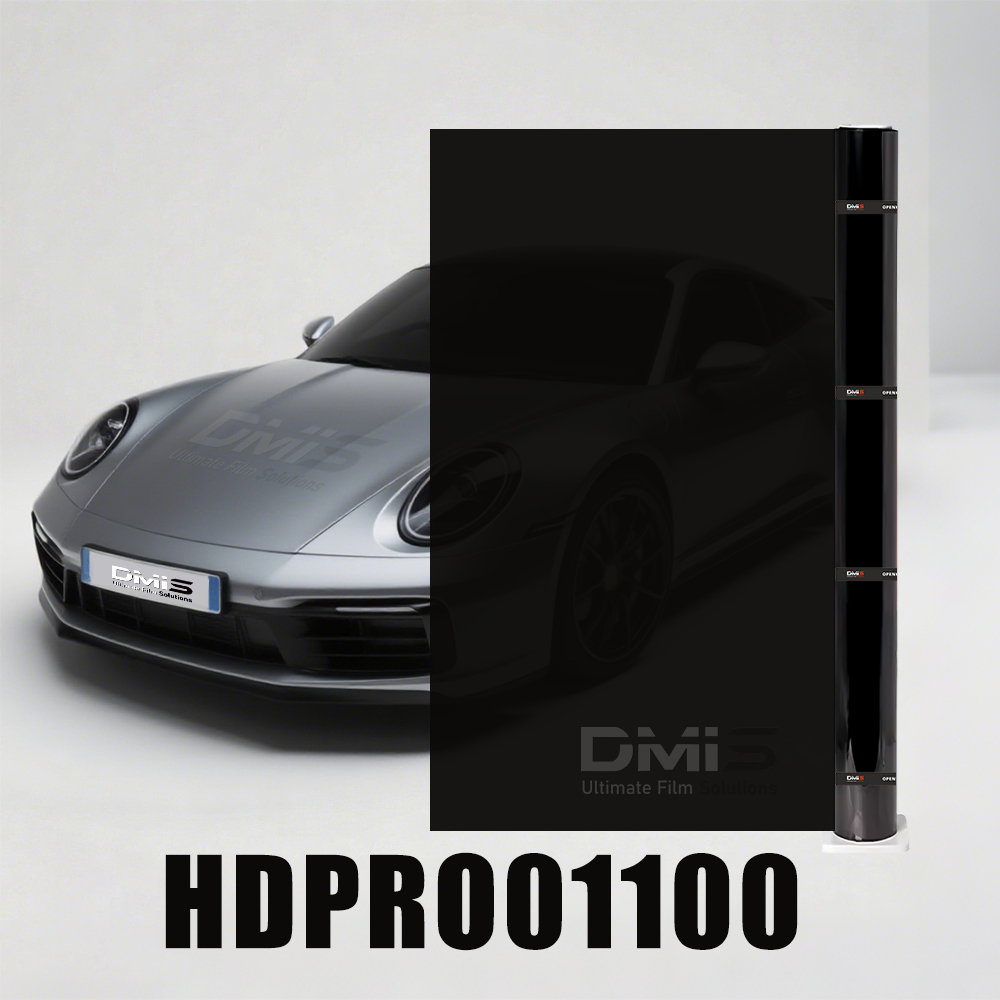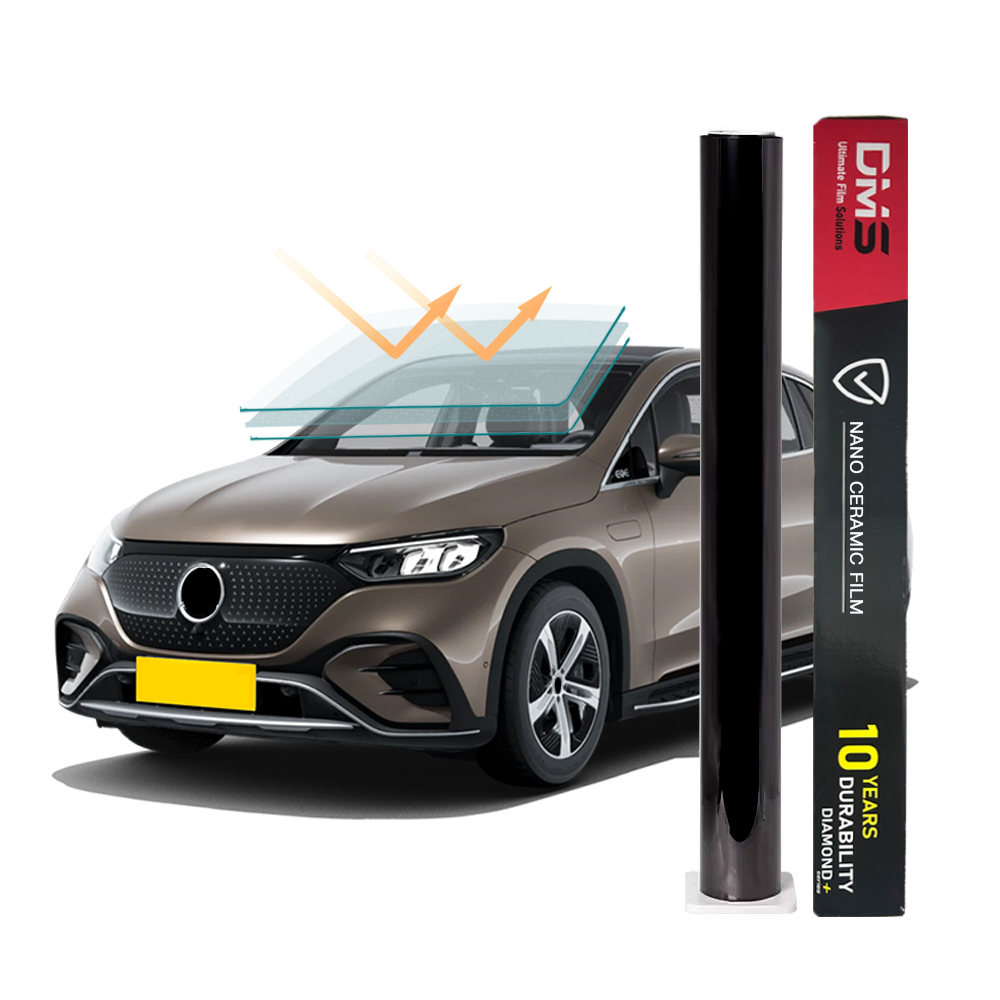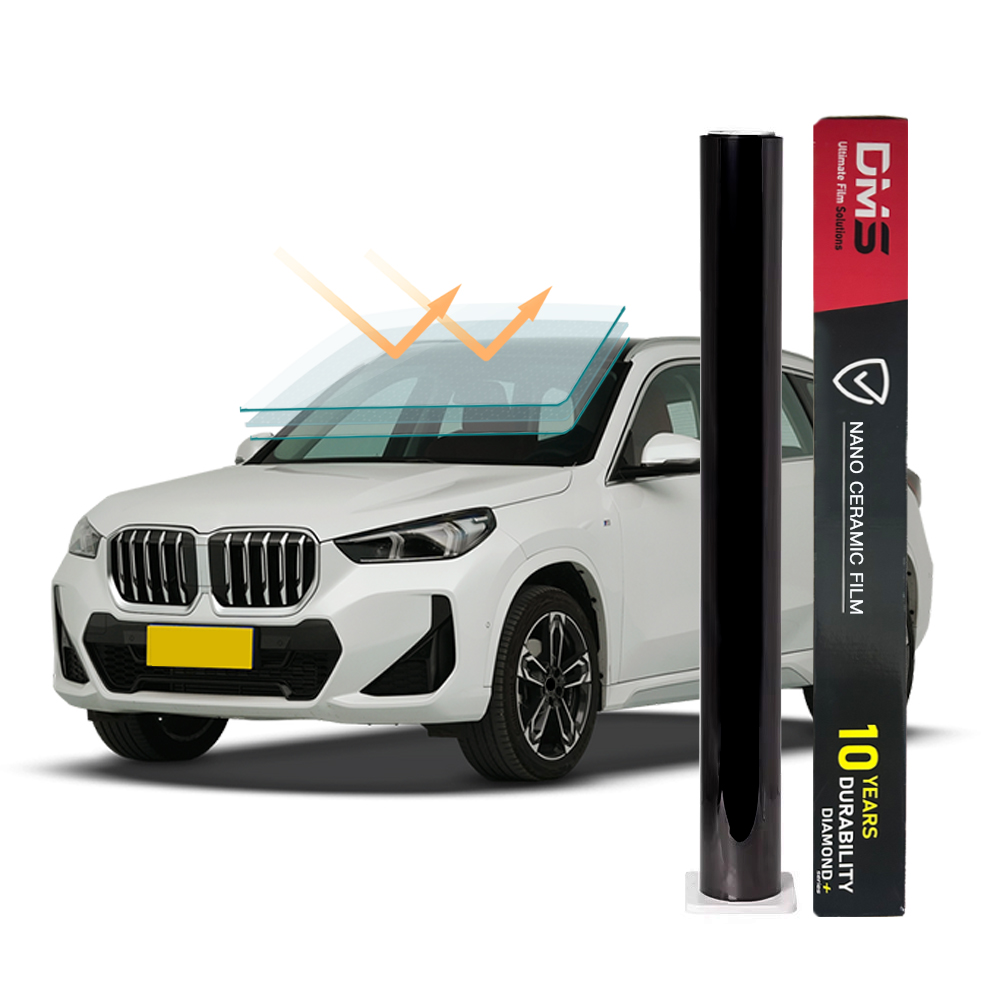Will Car Window Film Affect Driving Vision?
Introduction
Car window film and car window tint have gradually become popular among car owners in recent years. As a way to protect the privacy of the car, improve the aesthetics and reduce the fading of the interior, the application of window film is becoming more and more common. However, when choosing and using window film, many car owners often worry that the window film will affect the driving vision. This article will discuss the types, functions, advantages and disadvantages of window film, and their impact on driving vision.
1. Types of car window film
1.1 Types of window film
Car window film can be divided into many types, mainly including:
Dyed Film: Reduces sunlight penetration by dyeing, mainly used for privacy protection and aesthetics.
Metalized Film: Adds metal particles to the film to enhance the reflective performance, which can effectively block heat and ultraviolet rays.
Ceramic Film: Uses ceramic materials, which not only can insulate, but also has good visibility and privacy protection.
Safety Film: Increases the impact resistance of glass and improves safety.
1.2 Functions of window films
The main functions of automotive window films include:
Heat insulation: reduce the temperature inside the car and improve riding comfort.
Ultraviolet protection: effectively block more than 99% of ultraviolet rays, protect the interior decoration and the skin of passengers.
Privacy protection: provide a certain degree of privacy protection to avoid interference from the outside world.
Aesthetics: enhance the fashion sense of the vehicle's appearance.
Safety: increase the strength of the glass and reduce the risk of breakage.
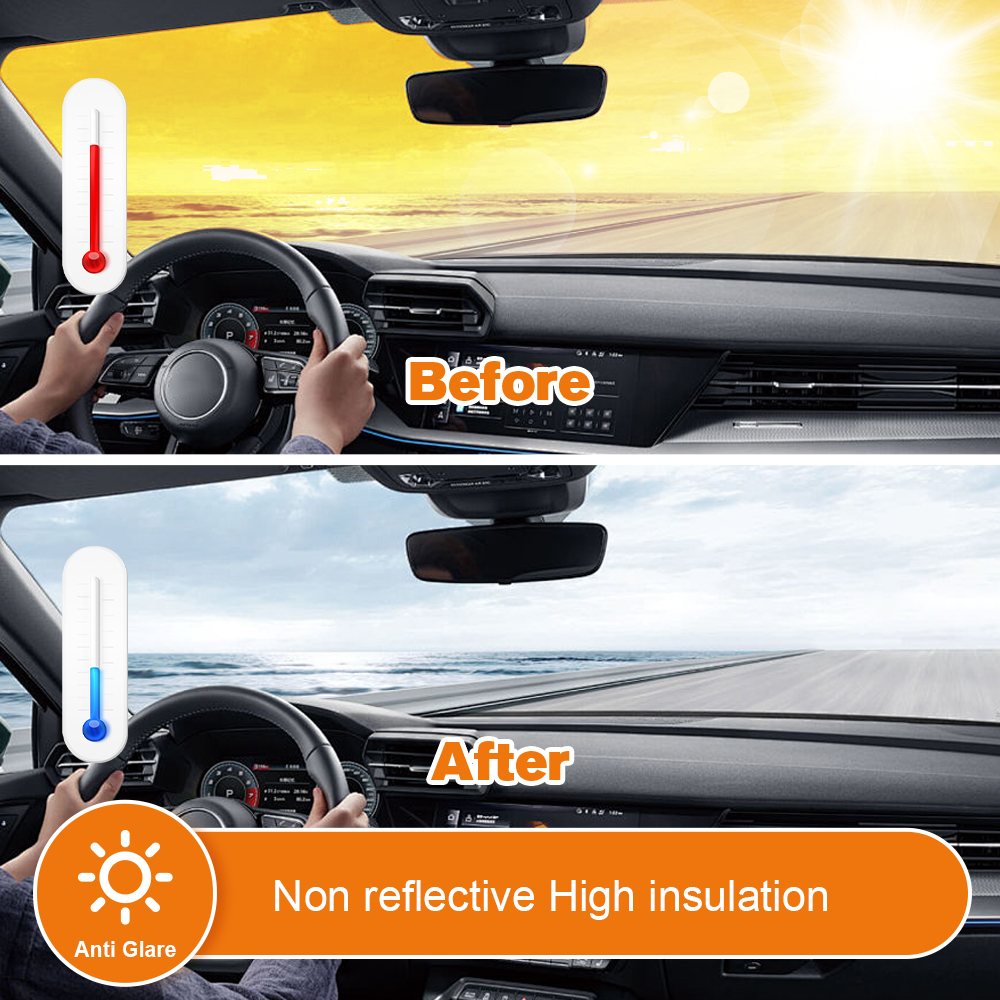
2. The impact of window films on driving vision
2.1 Light transmittance
The light transmittance (VLT, Visible Light Transmission) of window films is an important factor affecting driving vision. Different types of window films have different light transmittances. Lower light transmittances will cause blurred vision when driving at night and increase the risk of accidents. Therefore, when choosing window films, car owners should consider the legal regulations in their area and their personal driving habits.
2.2 Reflection and glare
Some metal films may produce glare in strong light due to their reflective properties, affecting the driver's judgment ability. Especially in strong sunlight or dim light, overly reflective window films may cause blurred vision. Choosing low-reflective window films can effectively reduce this problem.
2.3 Impact of night driving
The performance of window films during night driving is also crucial. Some darker films may affect the clarity of vision in low-light environments, making night driving more difficult. To ensure safety, it is recommended to use films with higher light transmittance when driving at night.
3. Legal regulations for window films
In many countries and regions, the use of automotive window films is subject to strict laws and regulations. When choosing window films, car owners should understand the local legal requirements for window film transmittance to ensure legality and compliance. In addition, some regions stipulate that transparent films must be used on the front windshield, and the transmittance of the rear window and side windows is also limited.
4. Maintenance and care of window films
4.1 Cleaning methods
Regular cleaning is essential to maintain the clarity of window films. It is recommended to use mild detergents and soft cloths for cleaning, and avoid using products containing corrosive or abrasive ingredients.
4.2 Prevent damage
After installation, window films should avoid direct contact with sharp objects to prevent scratches or damage. Car owners should also regularly check the edges of the window film to ensure that there is no bubbling or peeling.

5. Conclusion
While providing privacy protection and heat insulation, car window film does affect the driving field of vision. Therefore, when choosing window film, car owners must consider its light transmittance, reflective properties and legal regulations to ensure that the function of the window film is fully utilized without affecting safe driving. Correctly selecting and maintaining window film can not only improve the driving experience, but also ensure driving safety.

